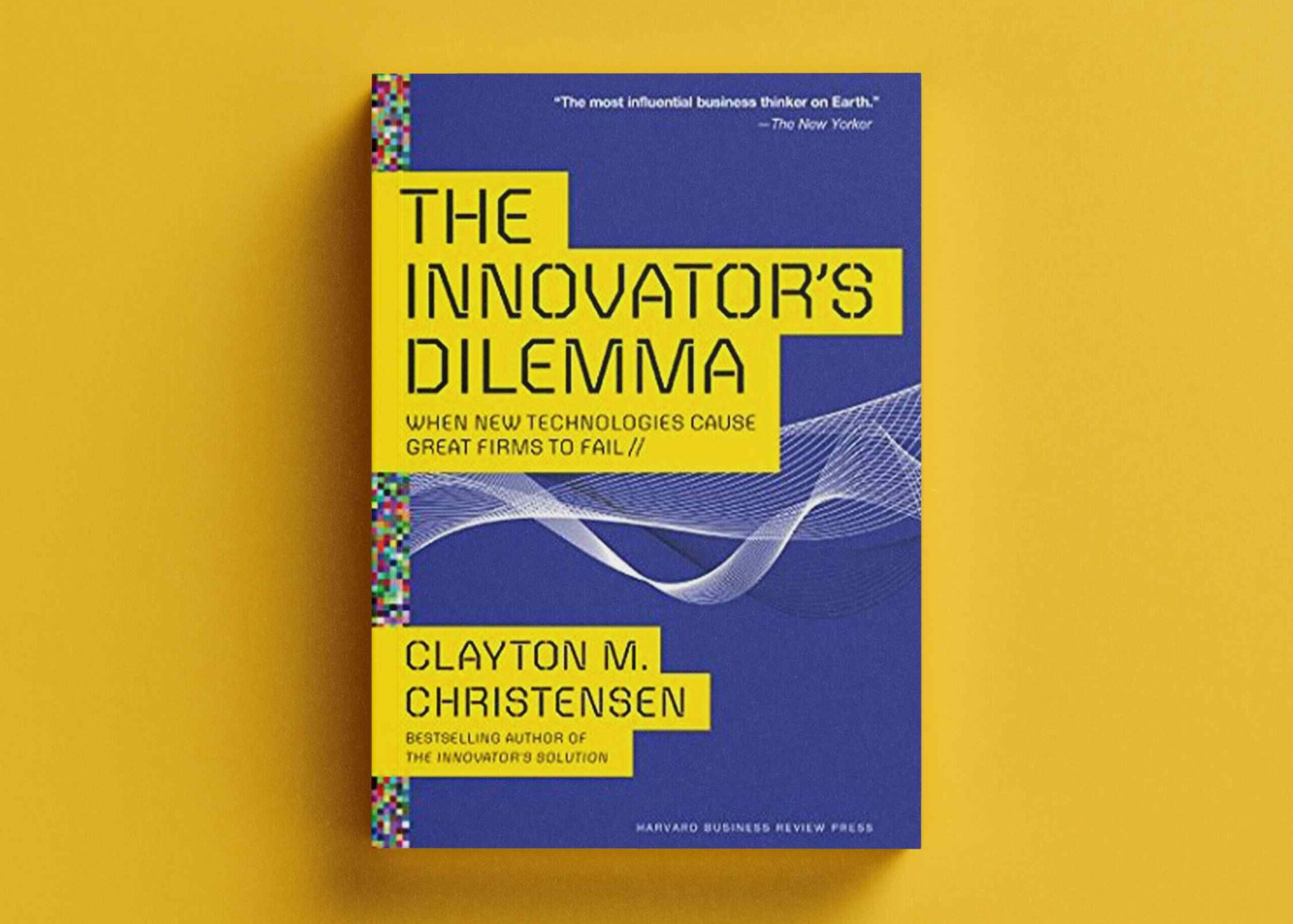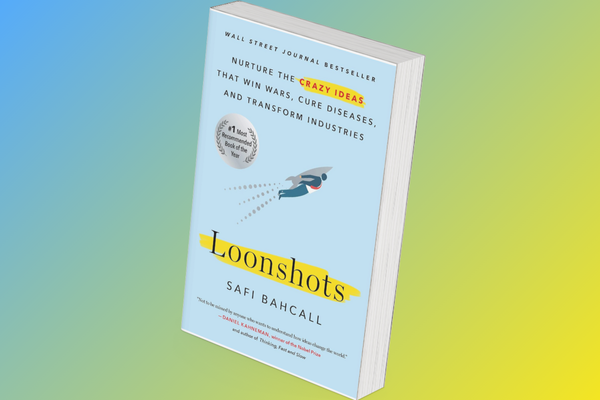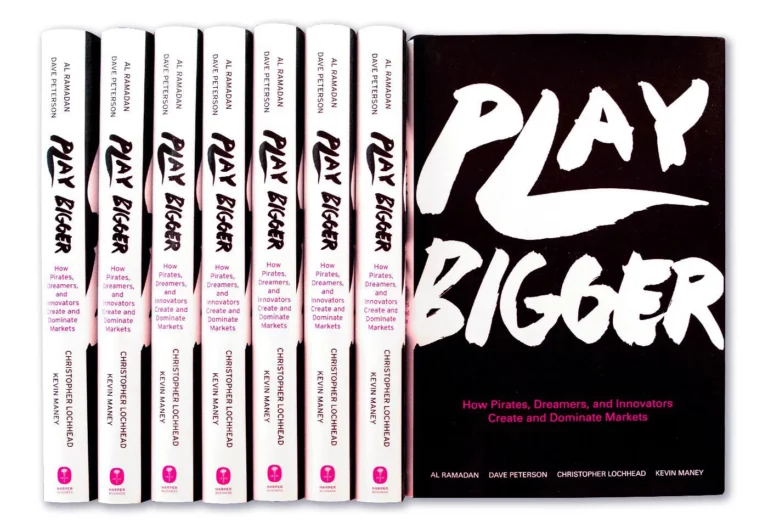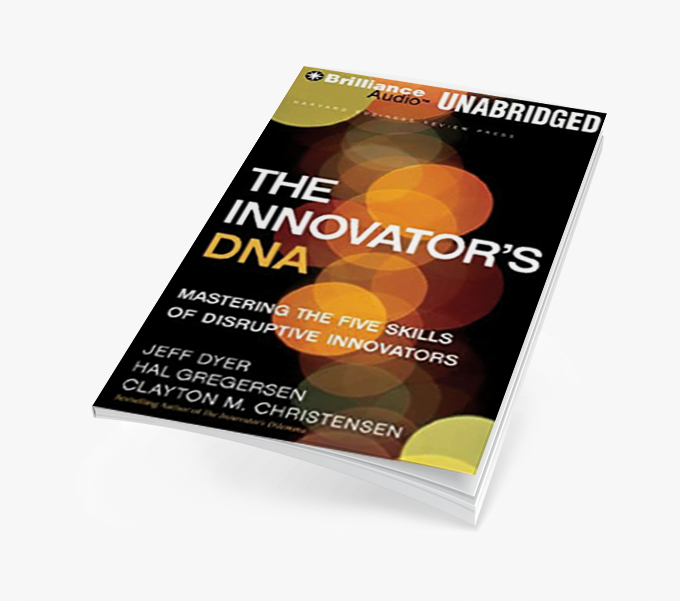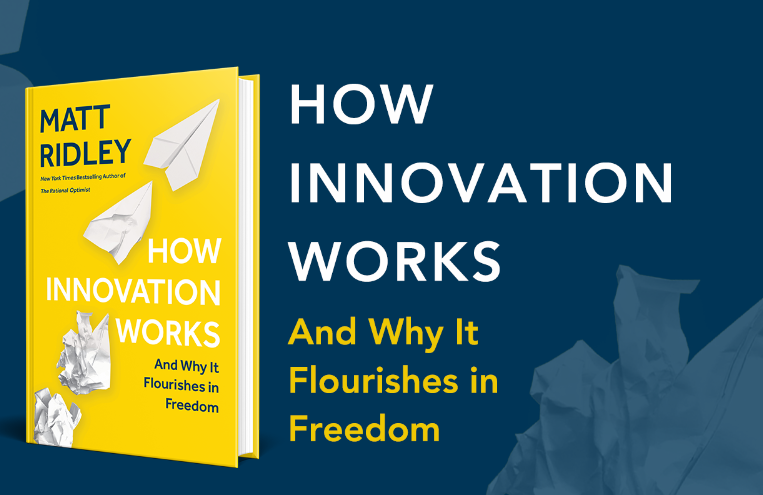When success breeds inertia, innovation becomes the enemy within. Clay Christensen’s classic remains a warning to every company riding high today.
The Paradox of Great Management
Christensen’s argument begins with a paradox: companies fail not because they’re badly managed, but because they’re too well managed.
They listen to customers, focus on profitable segments, and double down on efficiency — all of which are rational, even brilliant, decisions. Yet these same habits make them blind to new technologies that start small, cheap, and seemingly irrelevant.
Consider Kodak and digital cameras, or Nokia before the smartphone era. Both companies saw the new technology early. Both even developed it internally. But the disruptive products didn’t fit their current business models or margins — so they shelved them.
By the time the market shifted, it was too late.
Success had turned into strategic inertia.
Disruption Is Not Just About Technology
It’s easy to reduce disruption to a story of “new tech kills old tech.” But Christensen’s insight runs deeper. Disruption is about business model incompatibility.
When a new technology emerges, it’s rarely superior at first. Instead, it’s cheaper, simpler, or more accessible — attracting new customers the incumbents ignore. Over time, the new model improves until it overtakes the mainstream.
Think of Netflix vs. Blockbuster, Tesla vs. traditional automakers, or OpenAI vs. legacy software giants. Each case follows the same pattern: a newcomer builds a value network the incumbents can’t or won’t adapt to.
That’s why disruption isn’t just about foresight — it’s about organizational adaptability. A company can recognize change intellectually but still reject it operationally.
The Trap of the Performance Metric
Christensen warned that “good metrics kill innovation.” When success is defined by short-term ROI, margin growth, or customer satisfaction, it filters out small, risky, or low-margin experiments — precisely the kinds of projects where disruption begins.
In many large organizations, the immune system of the P&L kicks in. New ideas are tested against the old logic, and most die quietly in PowerPoint slides.
Yet as Christensen argued, the only way to survive disruption is to create a separate space for it — a team, unit, or venture shielded from the demands of the core business. That’s why Amazon’s AWS was incubated almost like a startup inside the company, and why Alphabet’s “X” lab exists to take moonshots with no immediate commercial pressure.
The lesson: if it fits neatly in your current metrics, it’s probably not disruptive.
The Innovator’s Dilemma in the AI Era
Two decades later, The Innovator’s Dilemma feels more relevant than ever.
AI is today’s great disruptive force — and once again, the incumbents’ greatest strengths are becoming their weaknesses.
Tech giants optimize for scale, data control, and platform lock-in. Startups, meanwhile, are experimenting with smaller, open-source, and agent-based models that threaten to decentralize the very value networks Big Tech depends on.
The same dynamics are visible in energy (microgrids vs. utilities), finance (DeFi vs. banks), and manufacturing (on-demand vs. mass production).
Everywhere, we see Christensen’s principle playing out: disruption begins where profitability ends.
The real dilemma for today’s leaders isn’t whether to adopt AI — it’s whether they’re willing to let it cannibalize their existing business before someone else does.
Looking Ahead
Christensen’s work is more than a theory of corporate failure; it’s a manual for renewal.
Every era produces its own disruptive forces, but the underlying challenge remains the same: how to stay curious, humble, and structurally adaptable even at the peak of success.
Great companies fail not because they stop innovating, but because they innovate only where it’s safe.
The future belongs to those willing to build what threatens them.
Follow Tomorrowist for more insights on innovation, deep tech, and value creation.


